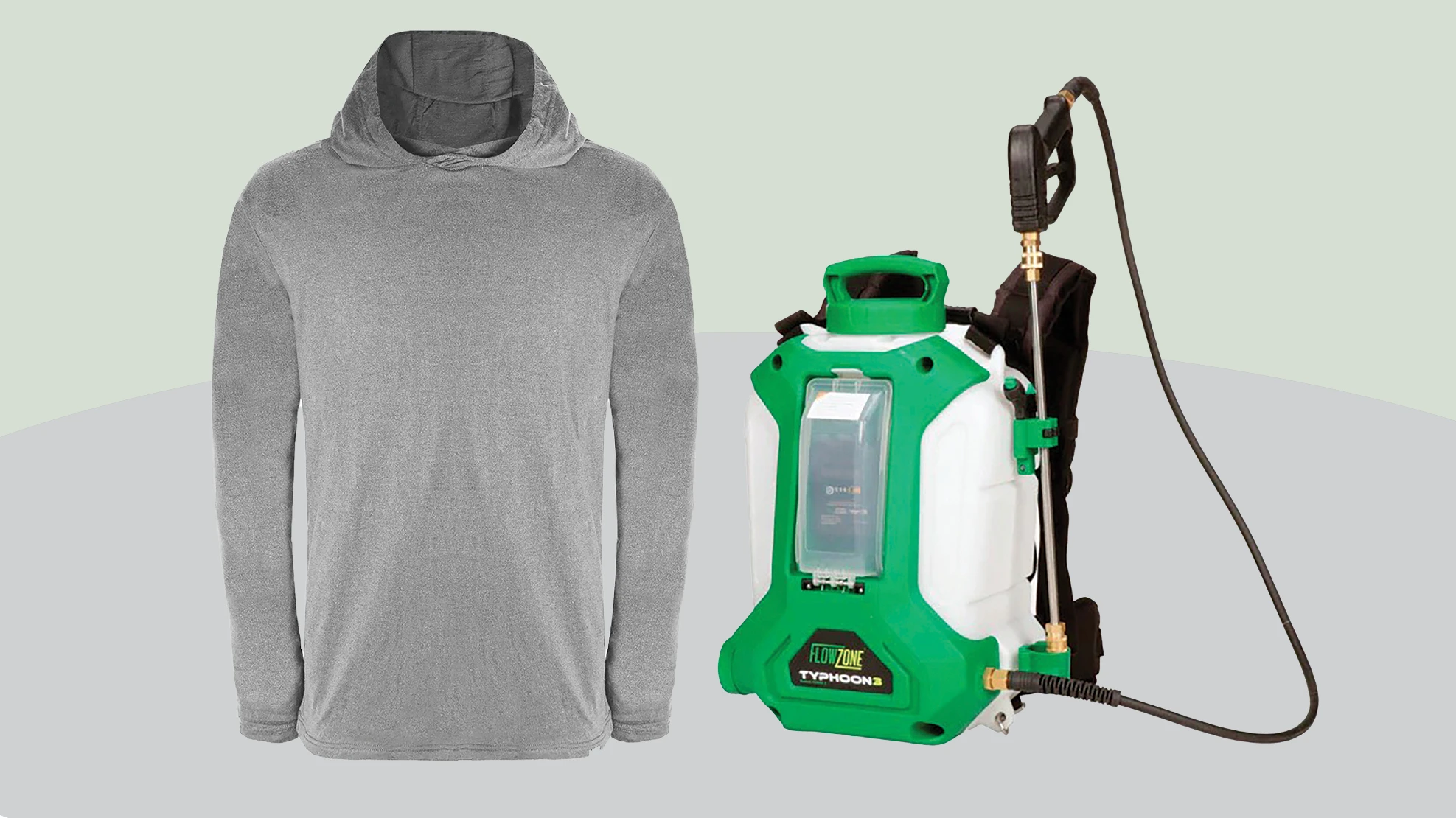
Karla Garcia is a plant lover who started her vocacional training in plant physiology over nine years ago when she was a part of an eco-physiology lab as an undergraduate student in her hometown Hermosillo, Sonora, Mexico.
Now, with a master’s degree in Plant Science, she specializes in plant physiology under controlled environments and has a vision to expand use of sustainable horticulture practices for food production.
Greenhouse Management: How do you suggest growers best manage a nutrient solution in a closed hydroponic system (recirculation of water)?
Karla Garcia: They need to keep good oxygen levels around 6 to 9 ppm (crop-specific) to avoid bacteria growth, while keeping in mind that nutrients and pH will get unbalanced over time. We can adjust pH and EC by adding an acid or more nutrient solution. And always test your nutrient solution and get a profile of all important nutrients. This way, you will be able to learn how some nutrients can accumulate in your nutrient solution and adjust accordingly.
GM: What steps do growers need to follow when spotting a nutrient deficiency?
KG: First, check your pH level. pH alone can affect nutrient uptake, even when the nutrient is present in the nutrient solution. Then try to define if the nutrient is passive or active. Passive nutrients move within water. When spotting a nutrient deficiency from a passive nutrient, we need to check if for any environmental conditions affecting water/nutrient uptake. Common examples of environmental variables affecting nutrient uptake are relative humidity levels and air velocity. Once you define the source of nutrient deficiency, act quickly to adjust conditions to promote nutrient uptake or increase the level of nutrient of interest.
GM: How do growers solve calcium deficiencies (i.e. tip burn) in lettuce?
KG: Calcium is a passive nutrient required to build new cells. New cells develop from the apical meristem, which is located at the center of lettuce, a spot difficult to reach with bad ventilation. A common environmental condition affecting nutrient uptake in lettuce is air velocity. Foliar calcium can be used to avoid calcium deficiency in lettuce. However, by adding calcium, we are not fixing the source of the problem. With the use of exhaust fans and fans, we can avoid tip burn by keeping ideal airflow and humidity. Vertical airflow can be a good alternative to promote good calcium uptake in lettuce.
GM: Can temperature affect my nutrient solution?
KG: Yes. Oxygen levels decrease when nutrient solution temperatures increase. An oximeter can be used in order to measure oxygen levels when the temperature tends to rise in our system. Movement of water, air pumps or nanobubble injectors can help us increase oxygen levels in our nutrient solution.

Explore the May 2022 Issue
Check out more from this issue and find your next story to read.
Latest from Greenhouse Management
- The Growth Industry Episode 3: Across the Pond with Neville Stein
- A nation of gardeners: A history of the British horticulture industry
- How Izel Native Plants is solving the native plant conundrum
- Trends: Proven Winners 2025 perennial survey shows strong demand
- Online registration opens for 2025 Farwest Show
- Cashing in with customization
- The Ball Seed Difference
- Lawsuit challenges new H-2 visa rules





